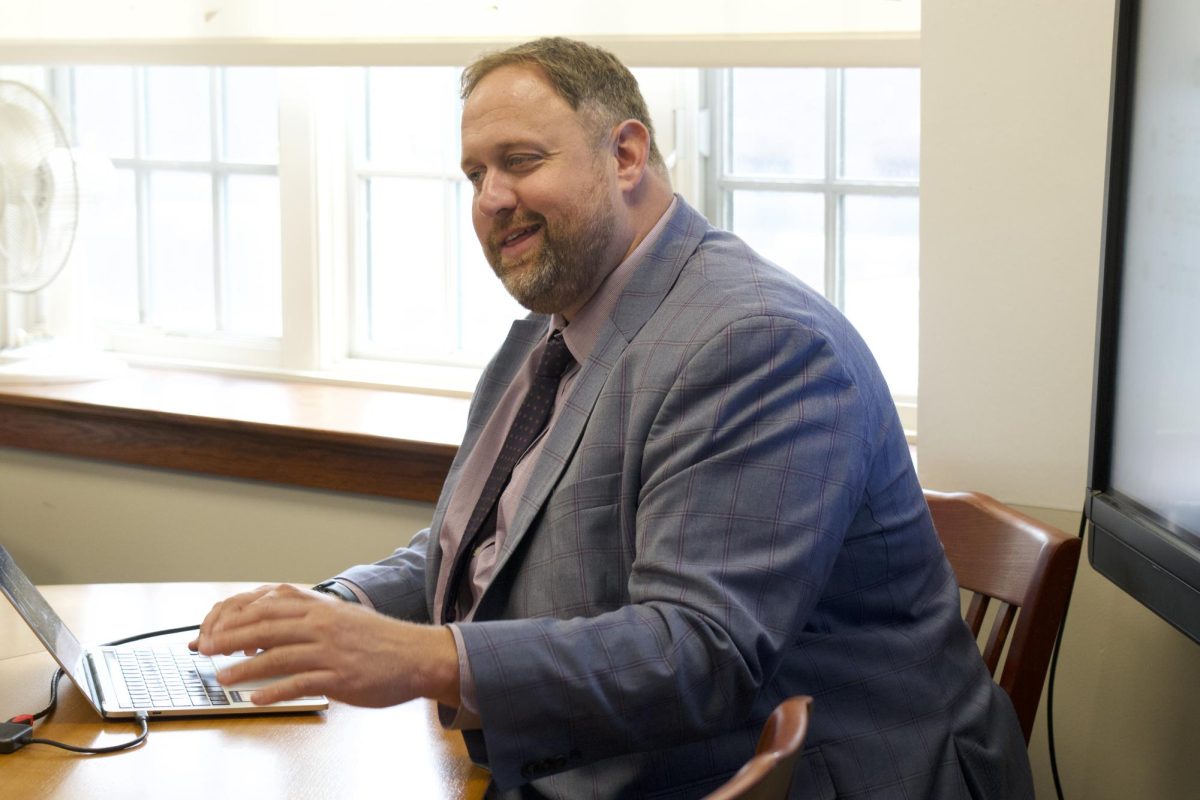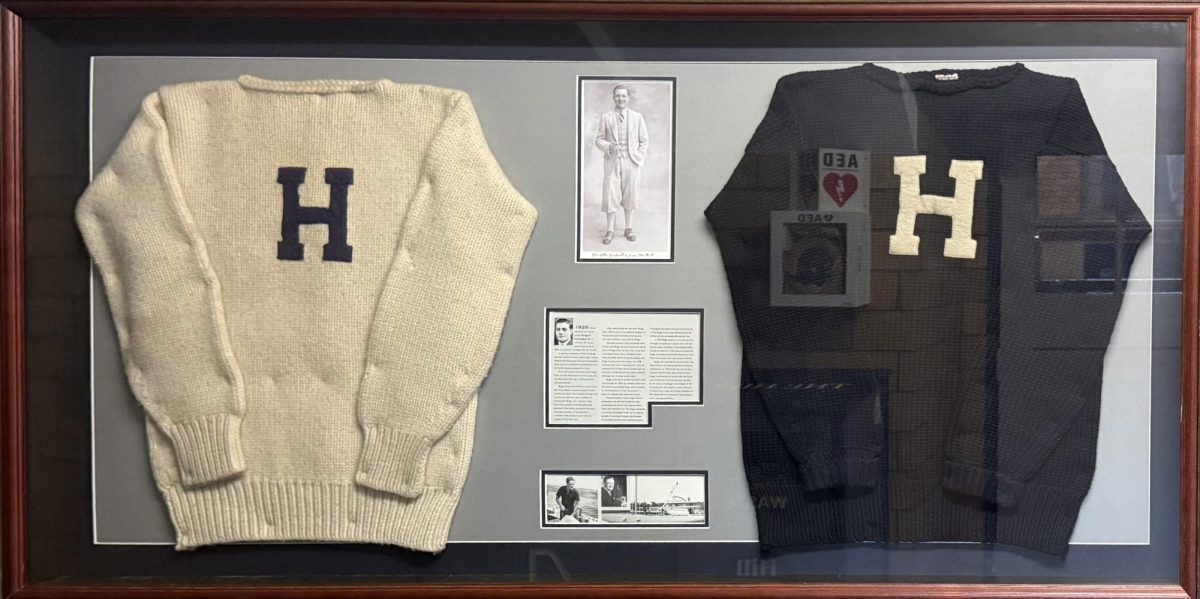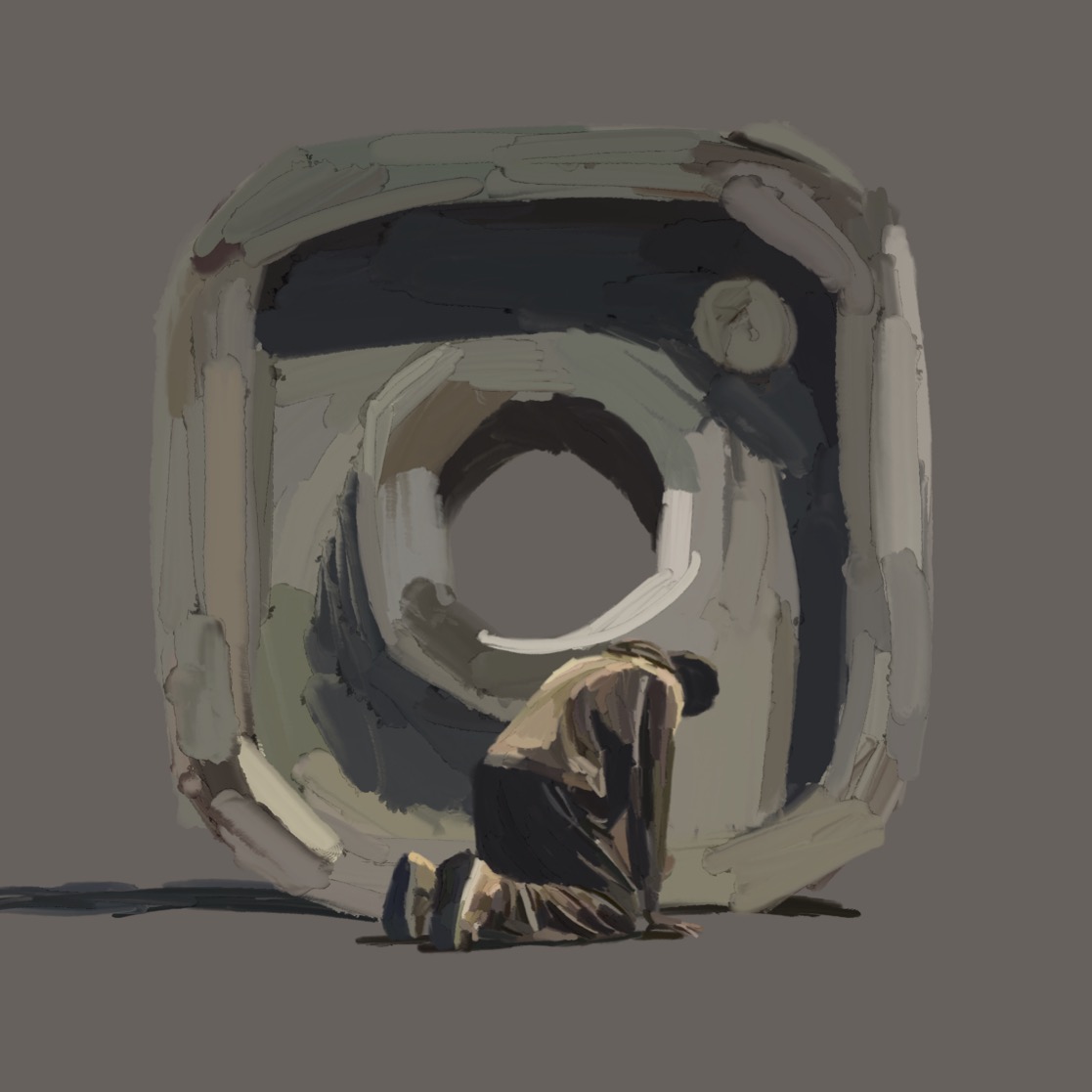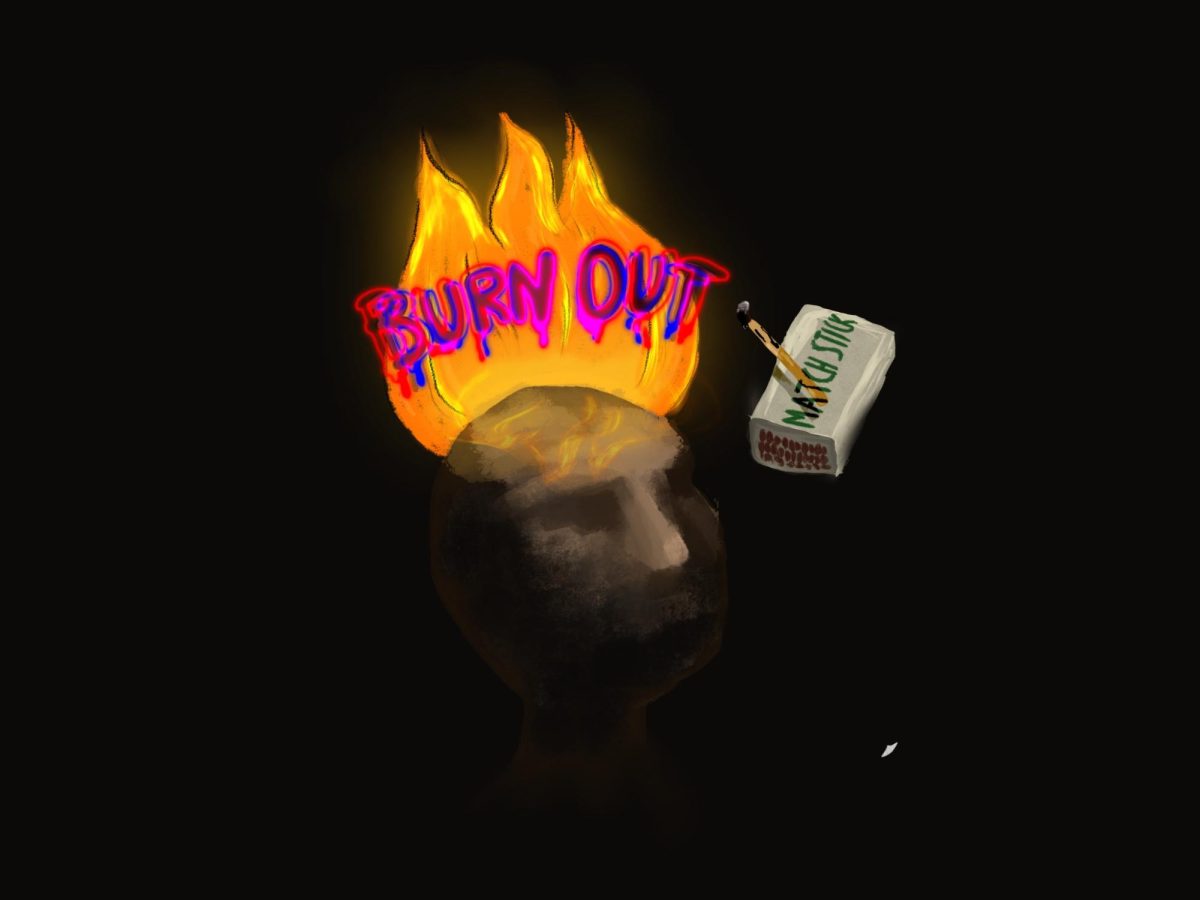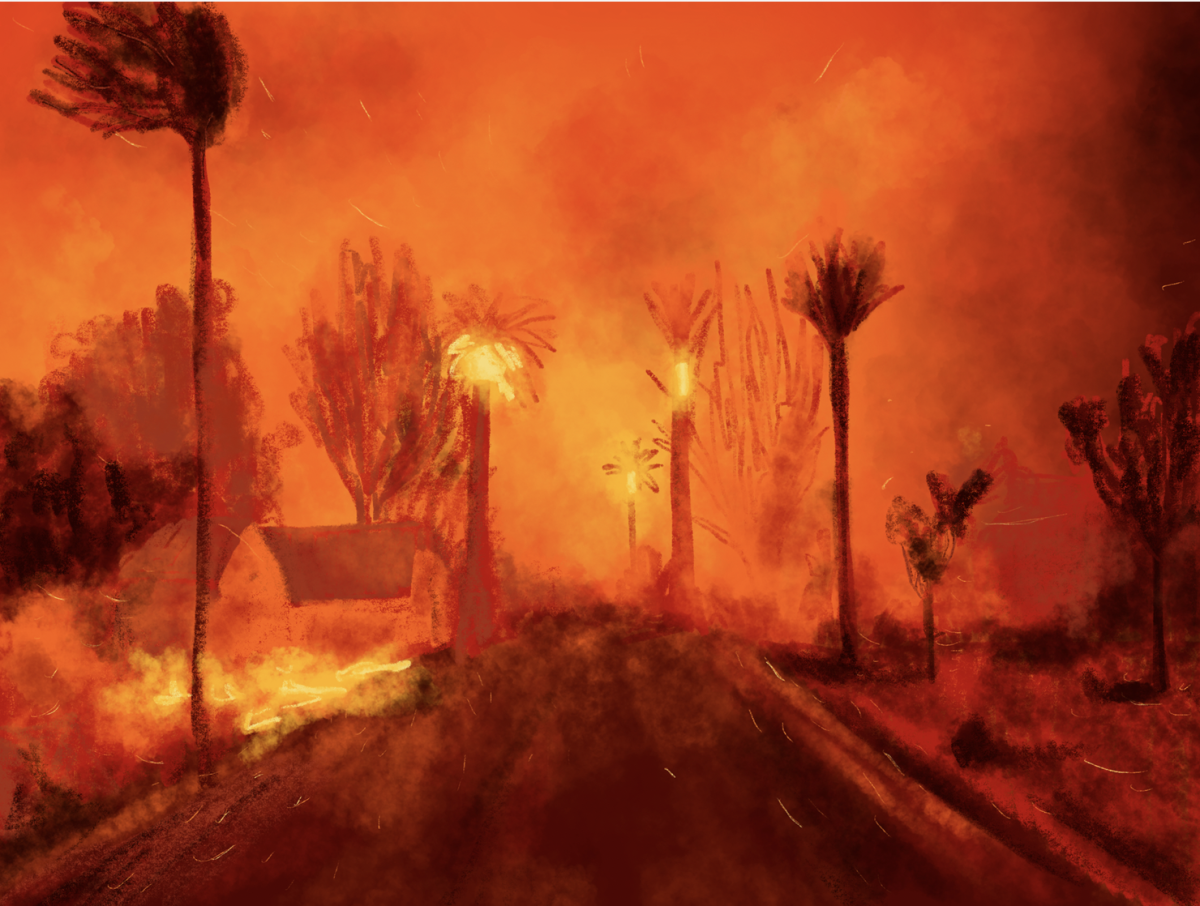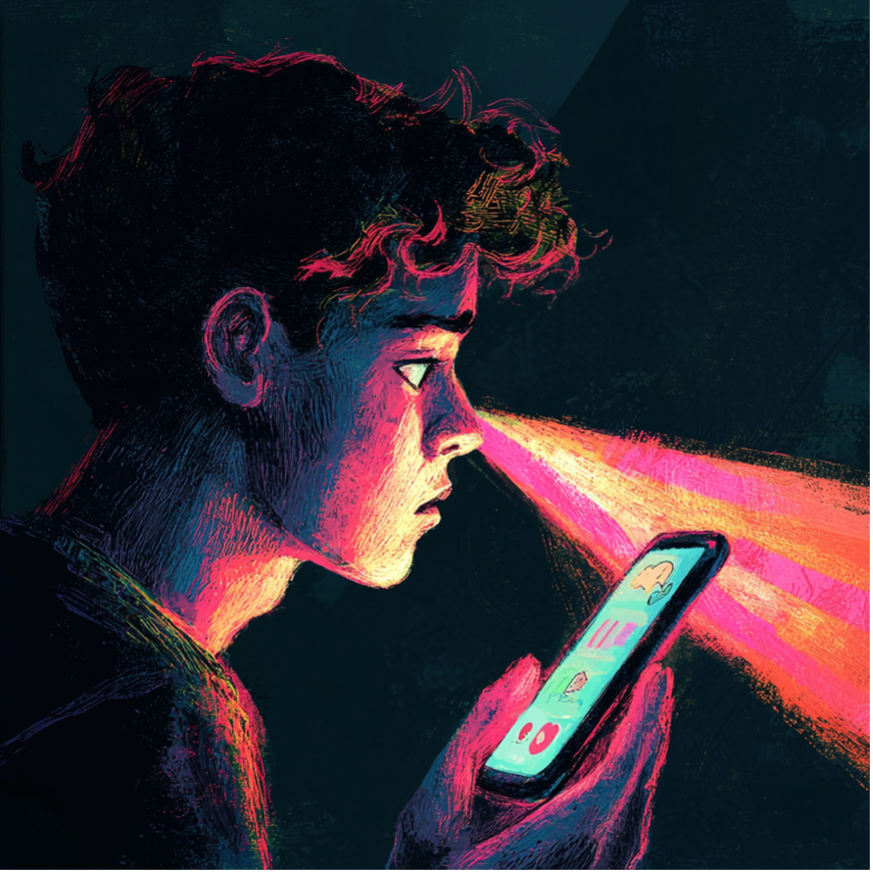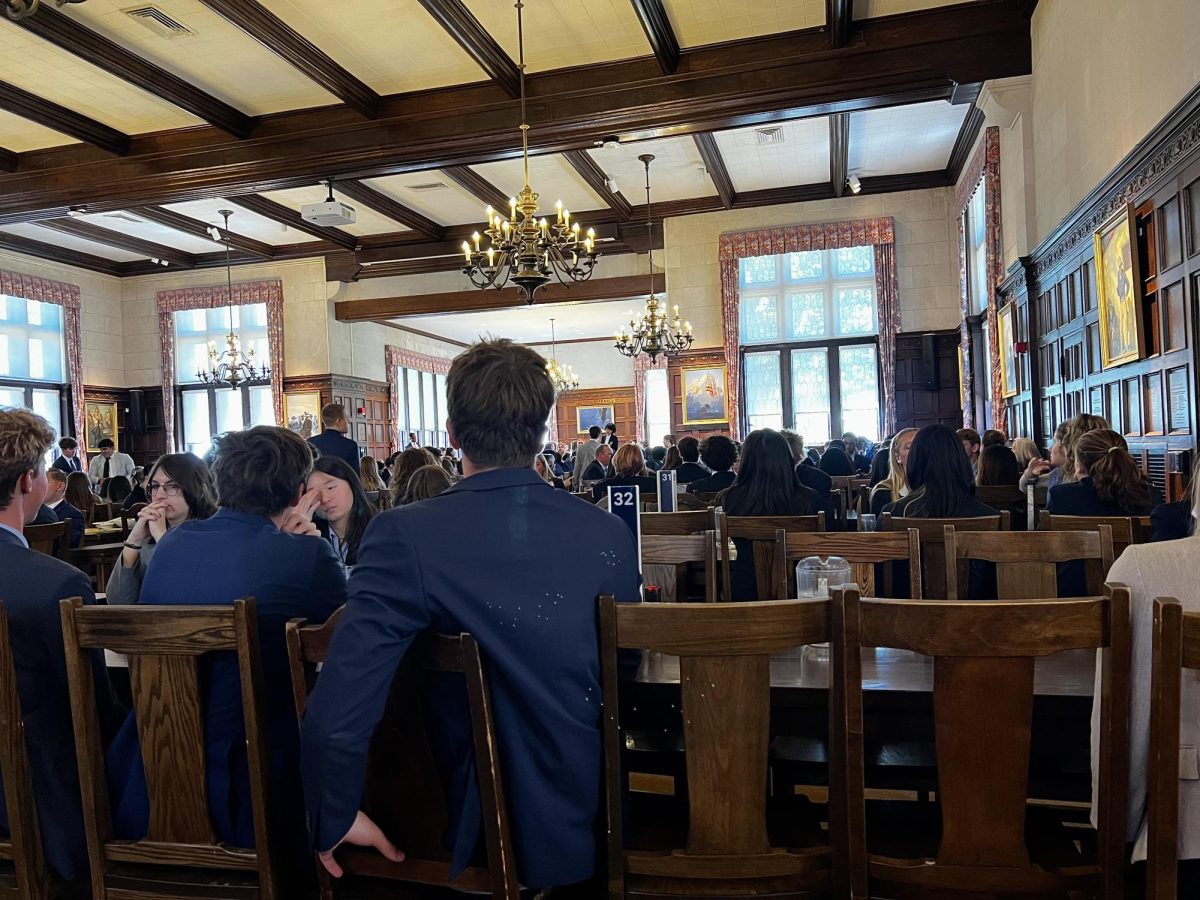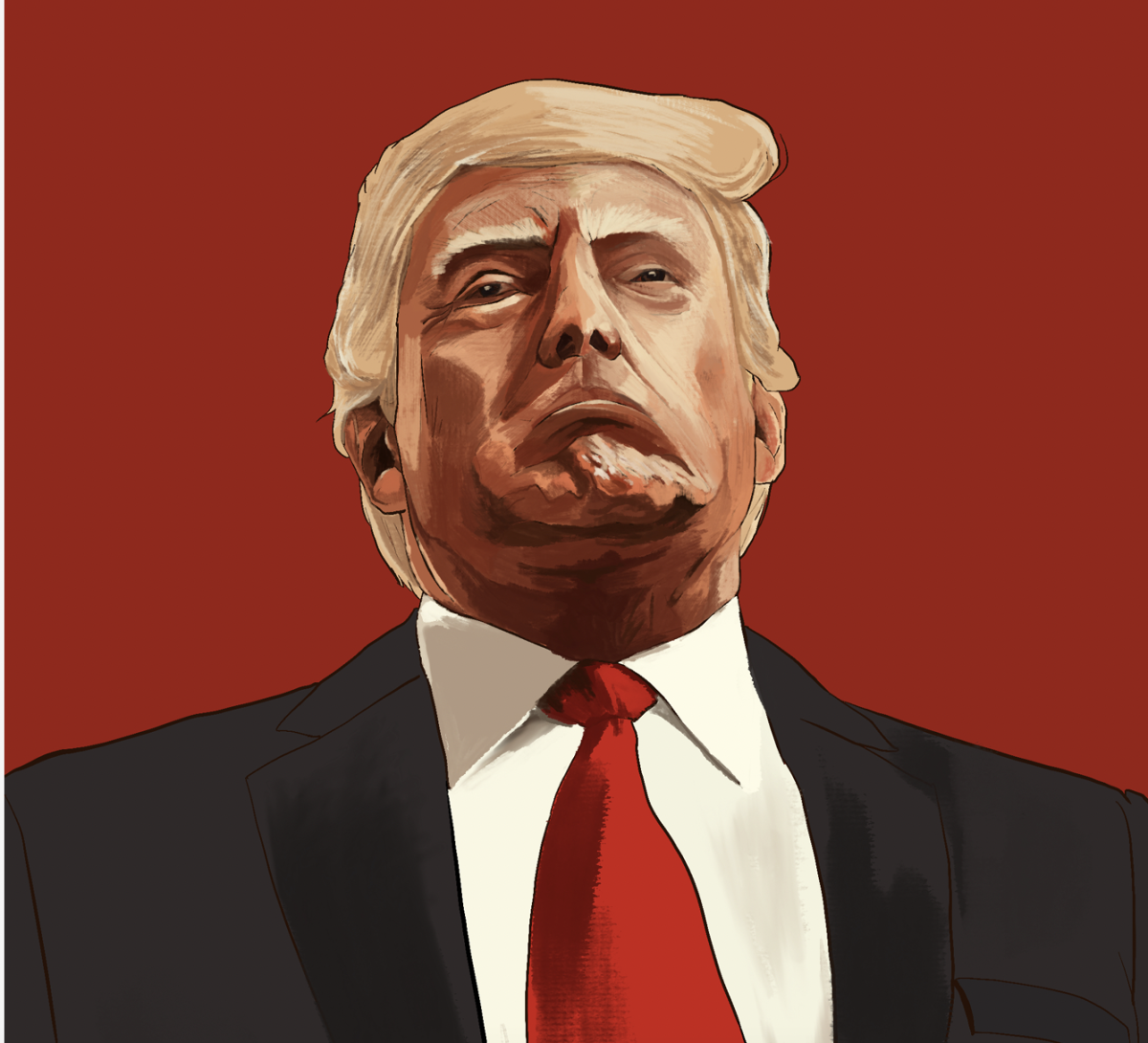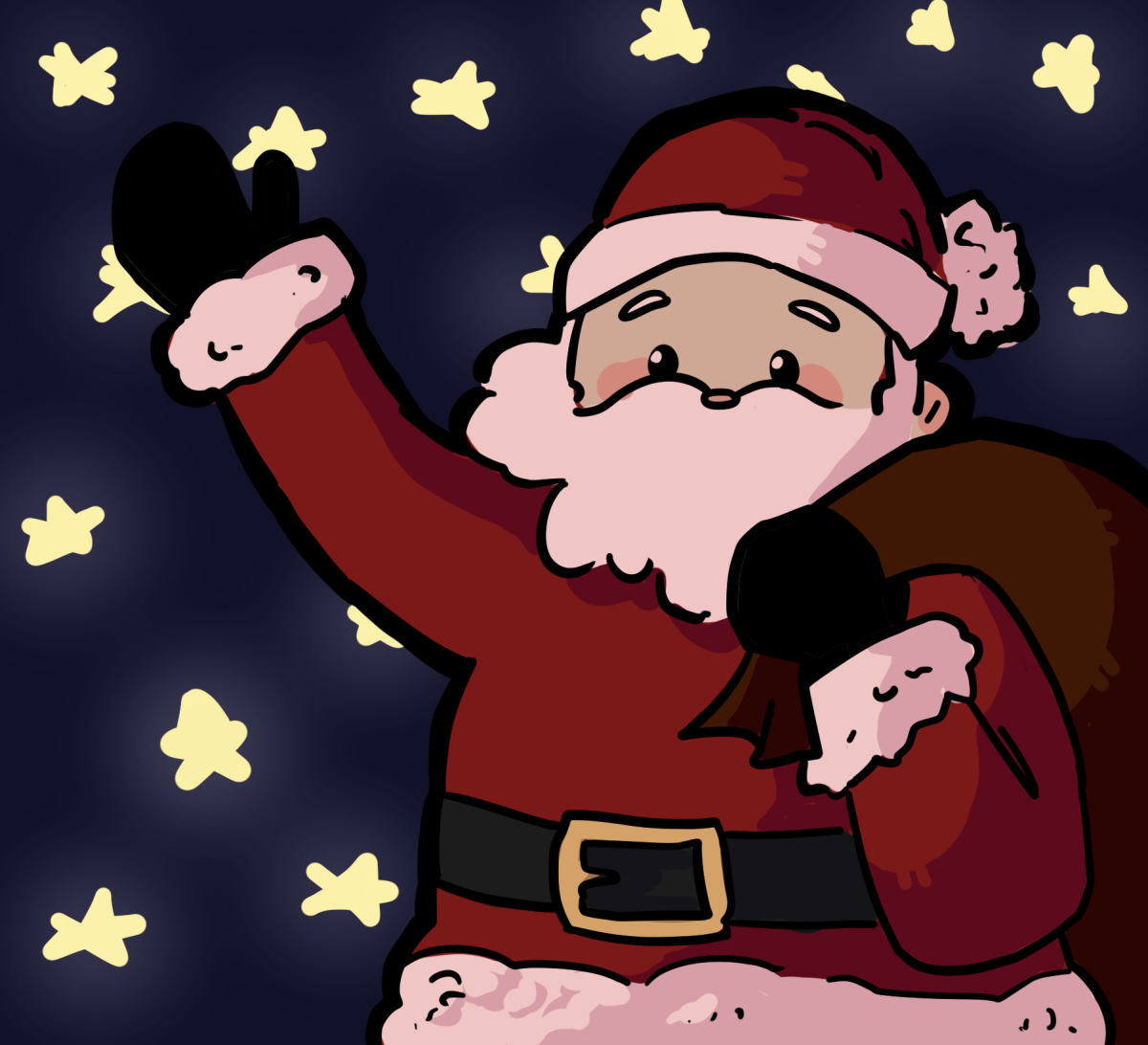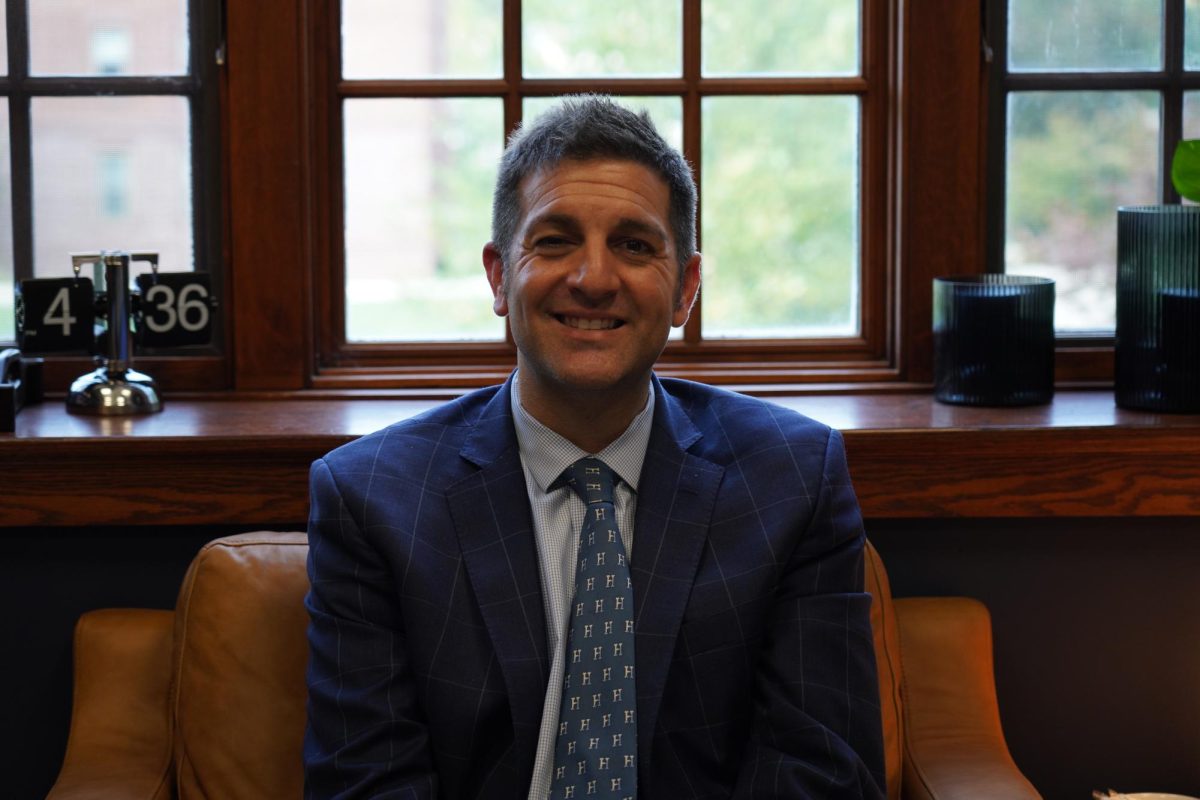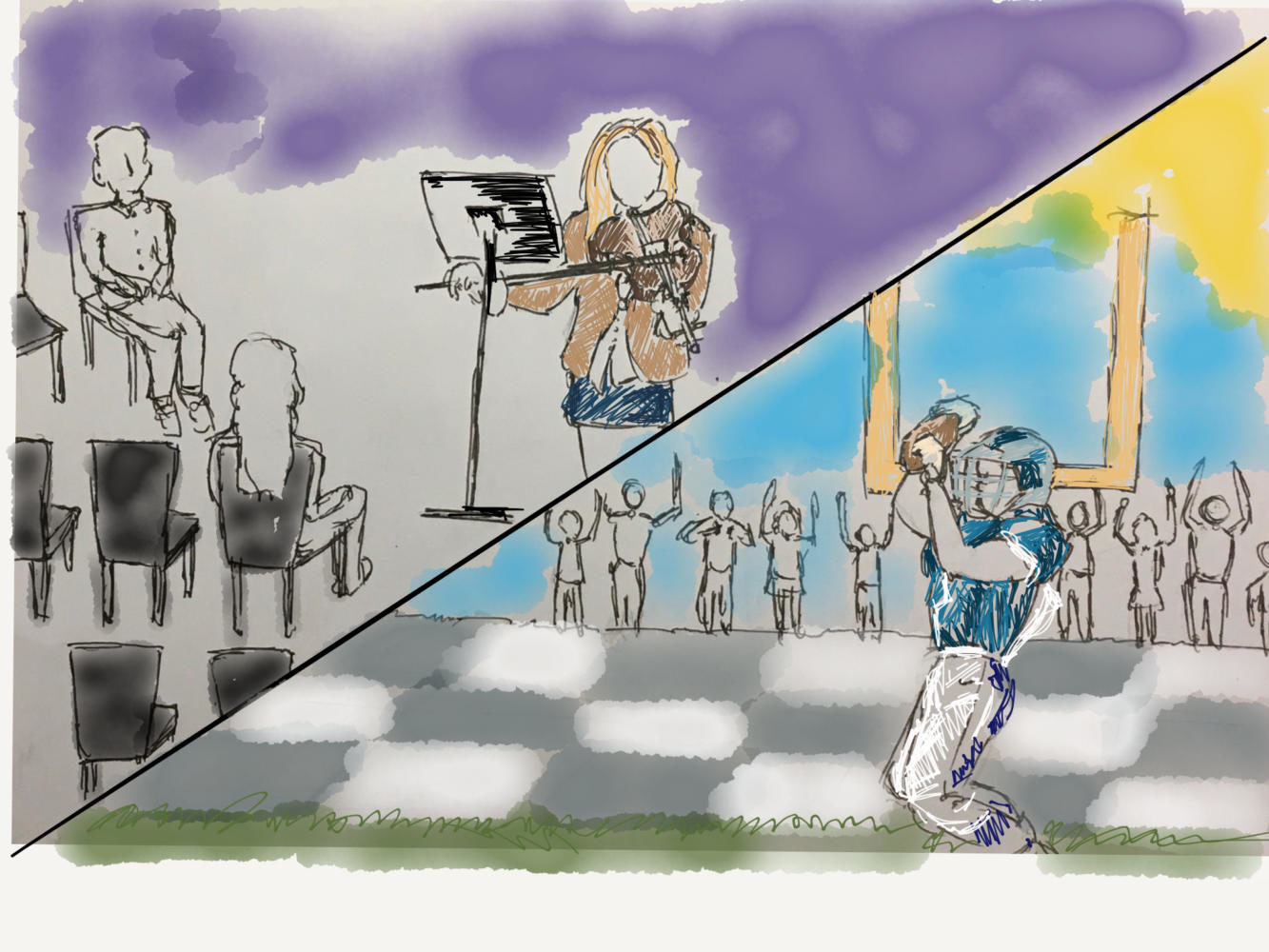At Hill, if athletic pursuits seem a seductive mistress who is wild with passion and exhilaration, the Arts must be the beleaguered, neglected wife brooding in the kitchen, heavy-set with dis-ease; it is Elizabeth Hamilton to sports’ Maria Reynolds. She toils furtively behind the doors of the Music House; she slinks through the hallways in the Center for the Arts; she arrives at and departs from the Boyer Gallery without anyone noticing.
Some light ought to be shed on this analogy; I mean that art has taken a figurative back seat. No, this statement is incorrect. The active voice indicates that art has the power to choose its course, while the power that it wields on this campus is as little as that of a neglected wife on her husband. Art commands little power and even less sway on this campus.
Here, art is forgotten, forsaken.
To dispute my point, many will begin to point to the sheer volume of programs in the Arts Department, ranging from courses in digital media and video productions to the Theatre and Theatre Tech afternoon activities. The graduation requirements, which clearly states that students must complete a couple of arts courses in order to graduate, constitute the other half of this defense.
To these arguments, I answer thus: general interest remains low, despite administrative action. With regard to visual arts, most students do not pursue them past the requirements.
Last year, while there are upwards of 15 students in a Studio Art I class (and perhaps even more, if we may graciously take note that there are multiple sections of students enrolled in this course), there is a grand total of three students pursuing Studio Arts II – an extremely low retention rate. Exhibits are hardly ever attended by students who are not obliged to come. Performance arts fare better, though not by much. Plays and musicals – described by a faculty member as “the equivalent of [our] PAISAA or Eastern” – are scheduled to take place at the same time as fan buses, games, mall trips, and countless other activities that are too enticing to pass by, resulting in nights when the audience barely fills a staggering one-fifth of our concert hall. Actors are either double-casted or work as technicians during most shows, as the manpower needed exceeds what is provided. Evidently, there is a bias against the arts (either cultural or competitive) that regulations cannot ameliorate.
A lack of talent is the objection that naturally follows. Art demands much of her disciples, and it seems as though one must be naturally gifted in order to create; it is no coincidence that the original meaning of “inspiration” is “the immediate influence of God”. Without such talents, the common response is: why even bother? Why make an attempt to do something that one is naturally incapable of doing? Without this heavenly ordination, all hope appears lost.
Not quite. This protest holds water only if it is assumed that the goal of an education in the field lies entirely in the quality of the output and not in other equally, if not more important, aspects: the cultural significance of artworks, the relationship between art and the individual, critical thinking, and an appreciation of artistic effort.
Firstly, artistic works mark the development of civilizations: literary works such as the Iliad and Aeneid are used as historical sources due to their representation of the Greco-Roman cosmos.
On a more abstract level, the paintings of Leonardo da Vinci, Monet, and Magritte simultaneously challenge conventions and reflect the outlook of their times. With artworks, historians and researchers can trace the origins and manifestations of certain philosophies, and the common viewer can gain valuable insights to the phenomena that must have been important enough to immortalize on each canvas. To understand the cultural and historical context of art is to enrich one’s understanding of the past, and with it, our appreciation for the present.
Secondly, the role of pure aesthetics cannot be discounted. In Civilization and Its Discontent, Sigmund Freud states that “beauty has no obvious use, nor is there any clear cultural necessity for it. Yet civilization could not do without it.” From our relationship with the aggregate of everything we find beautiful, our aesthetic sensibilities are developed and refined, and not only can we look at the surface of beauty, but also discern and understand its thrall and purpose. To celebrate beauty is to indulge in a particularly human experience.
Furthermore, from our relationship with art and aesthetics comes an understanding of existence itself. After all, what is a gallery, a museum, an exhibition but a collection of objects that proclaim “I exist!” loudly and stridently to anyone that gaze at them? After all, what is art but the purest, most concrete affirmation of being?
To understand the meaning and weight of our place on earth is a matter that humanity has busied itself with for eons, and as humanity recedes infinitely into barrenness and oblivion as our observations on this universe expands exponentially, art offers an enrichment of the soul, a solution to our crisis, a celebration of existence itself.
Thirdly, the artistic process – the analysis of different techniques and styles, and the synthesis of these skills – is a direct manifestation of critical thinking. As Western education culminates in the ability to apply learned skills to new situations and solve new problems, art offers an opportunity for students to undergo this process: a student can create a painting, play a tune, or act out a monologue with the information that they have gained in class, and through their creation, they can trace and demonstrate their learning process. Thus, a curriculum that aims to bolster its students’ ability to think critically cannot forego the study of the arts.
Finally, the amount of effort poured into any work of art is far greater than the appreciation that it receives on this campus. The artistic process does not begin when my brush touches the canvas or when my fingers come to rest on the piano.
It begins with the most frightful dreams, the unintelligible nightmares, the barest glimpses of the true nature of everything, and only through incessant analyzing, deliberating, and transforming can an idea become reality. Only with Herculean effort can any work of art, whether collaborative or individual, exist.
One can find an example in the Theatre program: during the week of any theatrical performance (affectionately referred to as Hell Week), each actor typically spends over thirty hours in the CFTA. If one factors in the time spent by the company during the entire term on rehearsals, linework, character work, construction, as well as designing costumes, lighting plots, and props, I daresay that the work required of us rivals that of any varsity team. However, the acknowledgement is scant, as described above.
Is there an administrative solution to this problem? History of Art and Music, a course disbanded prior to my arrival at Hill, comes to mind as a possibility: requiring students to be educated in the input of art would lead to further contemplation and appreciation.
However, as with any actions taken by an authority, requiring students to take such a course would only result in a knee-jerk, instinctual refusal of participation that defeats the purpose of having it in the first place. Thus, this course of action is a no-go.
The best answer, to willingly pursue a connection to art, can only come from the individual. It is up to our personal decisions whether we shall see the Tempest, watch the Fall Music Concert, or spend that time on a bus to Target. It is up to us to take the opportunities that Hill offers and eventually emerge from the Dell as learned individuals with respect and appreciation, both for the cultures and histories we have inherited and for the tireless work of our fellow students. As with any other opportunity, each of us has the choice to refuse them.
However, is refusing to engage in an endeavor that enriches both our knowledge and our lives at an institution that aims to prepare its students for “college, careers, and life” a recommended course of action? That is a question with a clear answer.

